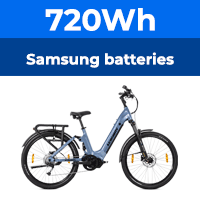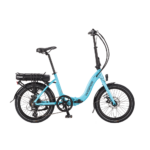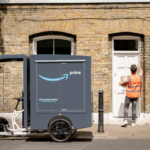Does battery charging (L-ion) time have a linear relationship with the state of the battery before charging. In other words, if it takes 4 hours normally to charge a depleted battery would it take 2 hours for a half charged one, 1 hour for a quarter discharged one etc.
Related to the above question, would a 300 Watt Inverter that I have in the car boot run a Li-on battery charger? , I often ride my normal bike at places I have driven to with the bike on the carrier. The idea being that if I went to one place for a ride and then drove to another one I could charge the battery on the way.
Yes, I know, electric bikes are supposed to get you out of the car! but I like to explore places on my bike that are just too far to pedal to, so is the use of an inverter a practical proposition? If so, other members might be interested, especially as they only cost about £25 - £30 for one that size.
Pete
Related to the above question, would a 300 Watt Inverter that I have in the car boot run a Li-on battery charger? , I often ride my normal bike at places I have driven to with the bike on the carrier. The idea being that if I went to one place for a ride and then drove to another one I could charge the battery on the way.
Yes, I know, electric bikes are supposed to get you out of the car! but I like to explore places on my bike that are just too far to pedal to, so is the use of an inverter a practical proposition? If so, other members might be interested, especially as they only cost about £25 - £30 for one that size.
Pete







